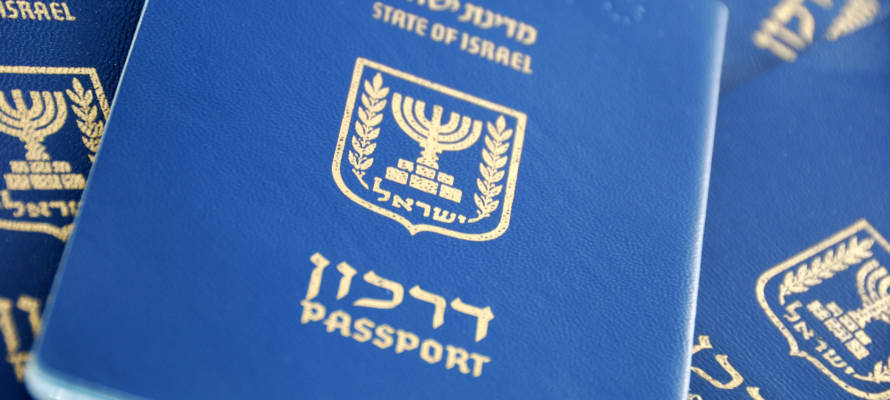Say it loud!
By Rabbi Ari Enkin, Rabbinic Director, United with Israel
This week marks both a special Shabbat and Torah portion.
For starters, this Shabbat, the Shabbat that follows the Tisha B’av day of mourning, is known as “Shabbat Nachamu”, meaning “the Shabbat of consolation.”
This special name symbolizes the idea that we are transitioning from the past three weeks of mourning for Jerusalem to the belief that the Messiah and better days are ahead. The term “Nachamu” is taken from the first words of the haftarah, the weekly reading from the prophets (in this case, Isaiah chapter 40) that is read in the synagogue after the weekly Torah portion.
The Torah portion of Va’etchanan, on the other hand, contains the most-recited piece of Scripture, the Shema prayer.
The Shema is recited in some form at least 2-4 times each and every day, and is the highlight of both the morning and evening service.
It concludes the entirety of the Yom Kippur service, and it is recited at one’s final breaths.
The Shema has 248 words which corresponds to the number of parts in the human body. This is meant to symbolize that we dedicate our entire body to serving God. It is customary to close or cover one’s eyes when saying the first verse of the Shema in order to better concentrate on what one is saying and to block out any external distractions.
The Shema consists of three different passages from the Torah. It begins with Deuteronomy 6:4–9 which is arguably the most important of the three paragraphs. It continues with Deuteronomy 11:13–21 and concludes with the passage in Numbers 15:37–41.
The first two passages of the Shema speak about the unity of God and the obligation to love Him. We also read about the importance of teaching the Torah to our children. The second passage also focuses on the concept of reward and punishment for all that we do – a fundamental principle in Judaism.
There are also a number of mitzvot that are mentioned in the course of the Shema such the tefillin, the mezuza, and the tzitzit. The tefillin are touched and kissed and the tzitzit are held and kissed when mentioning them in the course of saying the morning Shema.
The Shema is our passport. It is our identity. It is our declaration of faith in the One and only God. Underscoring this importance, the Shema is the first prayer children are taught.
Thus, the Shema should be recited out loud, or at least in an audible voice. That’s because the world needs to hear our belief in the One and only God. Our being a “light unto the nations” is originally and foremost to teach the world that there is nothing else but the One God of Israel. It’s gotta be said out loud!
There are a number of emotionally moving post-Holocaust stories relating to the Shema.
For example, there are stories of rabbis who went around after World War II looking for lost Jewish children and orphans.
For better or for worse, many Jewish children, ended up in Catholic monasteries during the war. After the war, rabbis looking for these children visited the monasteries, but were repeatedly there were no Jewish kids.
This answer wasn’t always the truth, so the rabbis would scream towards the orphans “Shema Yisrael….”. Without fail, the Jewish orphans would remember those words from years past as their parents tucked them into bed, and they would begin crying our “Mama!” and “Papa!”
Needless to say, the children were redeemed.
